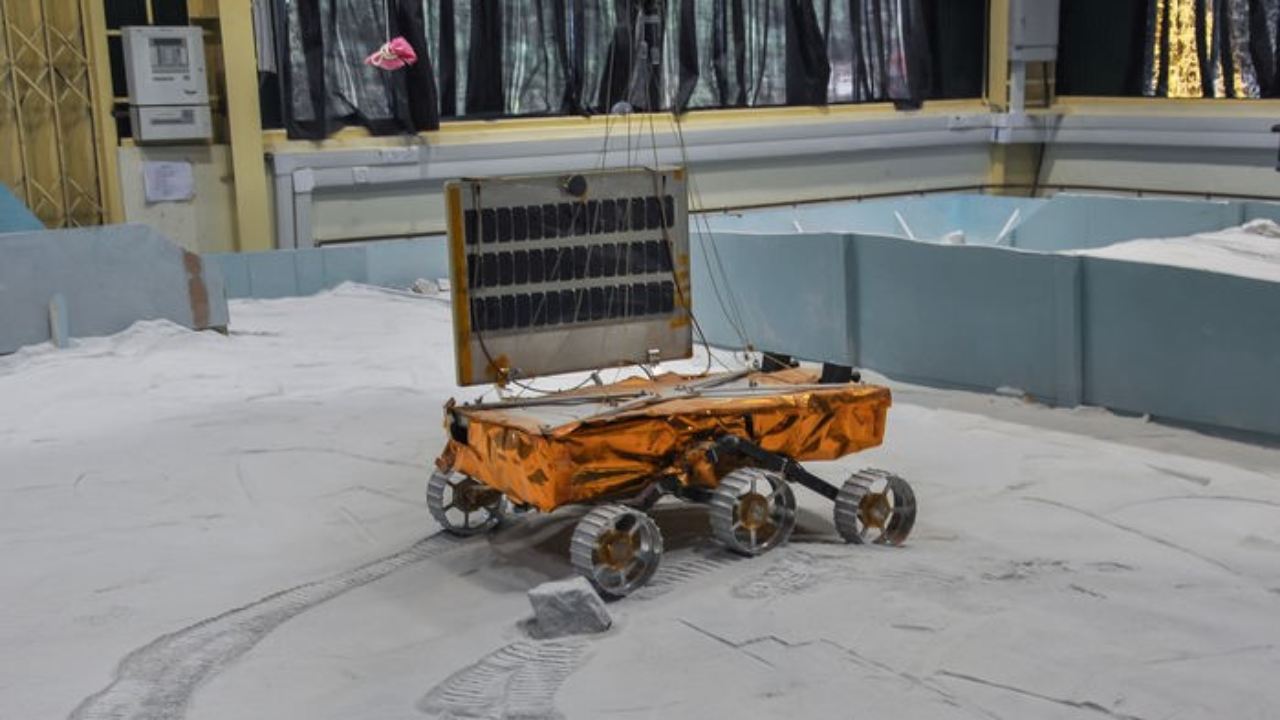ISRO’s
**Chandrayaan-2 mission** , which is India’s second mission to the moon is going to commence between 9 July and 16 July. [caption id=“attachment_5421961” align=“alignnone” width=“1280”] The Chandrayaan-2 Rover during a mobility test. Image courtesy: ISRO[/caption] The Indian space agency has said in a statement that all the modules necessary for the mission are getting ready. The landing on the lunar surface is expected to be by 6 September and ISRO plans to include a lander, an orbiter and a rover to land. It is targetted to land on the south pole of the moon. The rocket which will launch the mission towards the moon will be the GSLV Mk-III rocket wherein the lunar craft will be propelled into the moon’s orbit via the orbiter. As soon as the lunar craft has landed a rover will roll-out and carry out experiments on the moon. Chandrayaan-1 was India’s first lunar mission and it was a successful one. The mission consisted of an orbiting spacecraft and a lunar impactor. The mission was designed to last two years, but the Indian Space Research Organisation lost contact with the orbiter after almost a year in operation.
**It has since been found** .
**Scientists from Brown University** in the US used a new calibration of data taken from NASA’s Moon Mineralogy Mapper, which flew aboard
**Chandrayaan-1 spacecraft** , to quantify how much water is present on a global scale. With inputs from PTI
The rocket used for the Chandrayaan-2 mission towards the moon will be the GSLV Mk-III rocket.
Advertisement
End of Article


)
)
)
)
)
)
)
)
)



